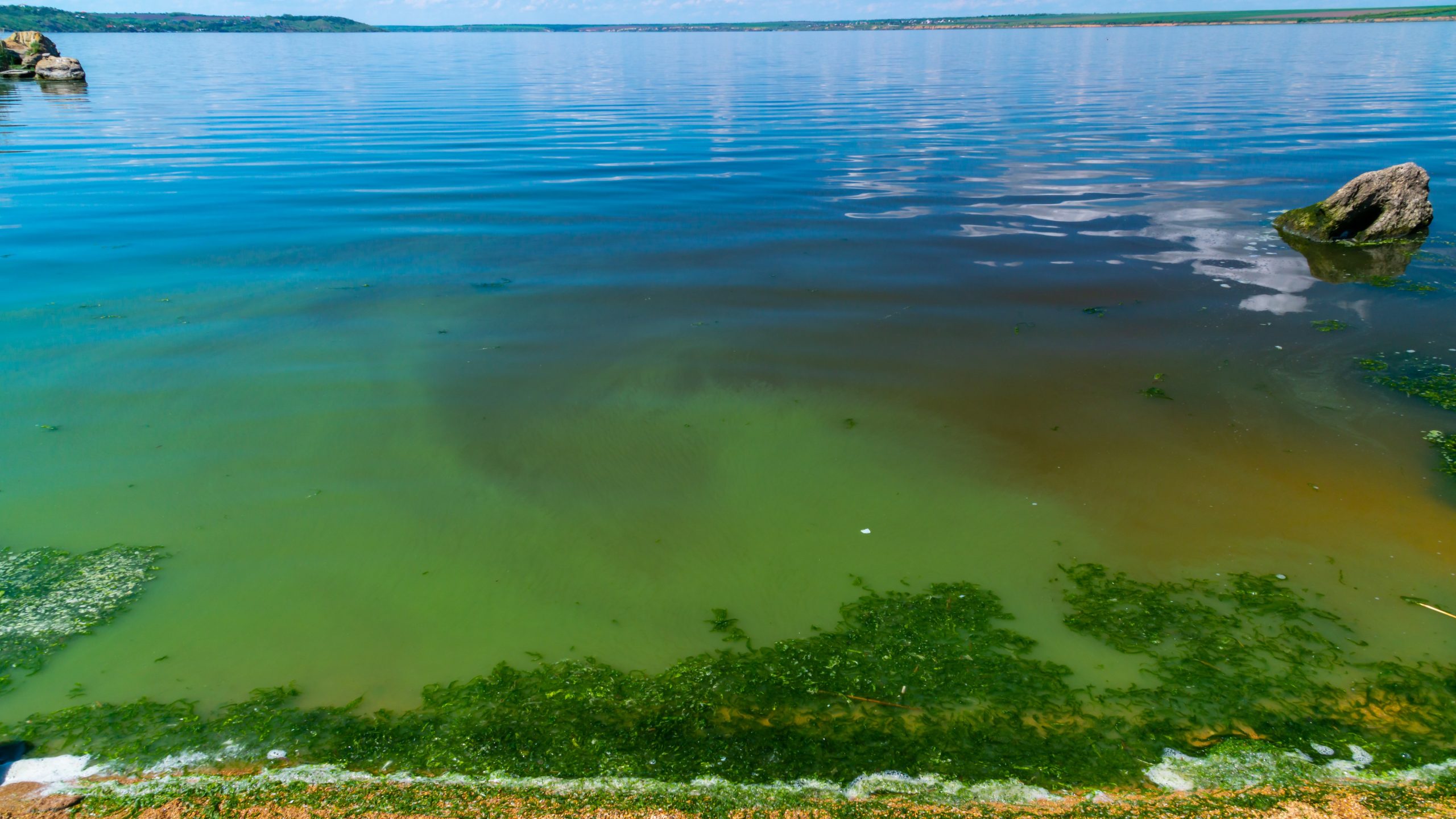At a glance
- CDC works with federal, state, local, and territorial partners to reduce the health impact of harmful algal blooms.
- Key efforts include supporting health departments through the Epidemiology and Laboratory Capacity (ELC) Cooperative Agreement and coordinating the One Health Harmful Algal Bloom Community of Practice.

Overview
Harmful algal blooms are a One Health issue that impacts the health of people, animals, and our shared environment. For this reason, preventing and responding to harmful algal blooms and associated illnesses requires human health, animal health, and environmental health partners to work together.
CDC works with federal, state, local, and territorial partners to reduce the health impact of harmful algal blooms. Key CDC efforts to build capacity for harmful algal blooms include supporting health departments through the:
- Epidemiology and Laboratory Capacity (ELC) Cooperative Agreement
- One Health Harmful Algal Bloom Community of Practice (CoP)
Funding
CDC provides financial support and technical assistance to state, local, and territorial health departments annually through the ELC Cooperative Agreement. As part of the ELC program, CDC supports public health surveillance, response, and mitigation of harmful algal bloom-associated illnesses.
From 2019–2025, CDC awarded more than 7.5 million dollars to selected state health departments to support harmful algal bloom activities. This funding helps recipients:
- Improve surveillance, response, and reporting of harmful algal blooms and associated human and animal illness.
- Implement public health interventions and tools to prevent harmful algal bloom-associated illness.
Historically, CDC also supported state waterborne disease surveillance—including for harmful algal bloom-associated illnesses and outbreaks—as part of the Great Lakes Restoration Initiative. From 2013–2019, CDC provided staffing support to states through the Council of State and Territorial Epidemiologists and financial support through ELC.
Funded partners
In 2025, the following 22 states received ELC funding for harmful algal blooms:
Read success stories highlighting the work ELC-funded partners are doing to help prevent and respond to harmful algal bloom-associated illnesses.
Community of practice
CDC coordinates the One Health Harmful Algal Bloom Community of Practice (CoP). The CoP increases communication and collaboration among state and federal partners with interest in public health activities related to harmful algal blooms. Participants meet regularly to share knowledge and activities related to surveillance, response, and mitigation of harmful algal bloom-associated illnesses.
The CoP provides an informal platform for professionals to connect and helps CDC and other CoP participants:
- Define regional and national needs related to surveillance, response, and public health mitigation of harmful algal blooms.
- Inform federal public health priorities related to harmful algal blooms.
- Share and solicit expertise and resources to address challenges related to harmful algal blooms.
The following 31 states and territories participate in the One Health Harmful Algal Bloom Community of Practice:
The following federal agencies also participate in the CoP:
- U.S. Environmental Protection Agency (EPA)
- Food and Drug Administration (FDA)
- National Park Service (NPS)
- U.S. Geological Survey (USGS)
